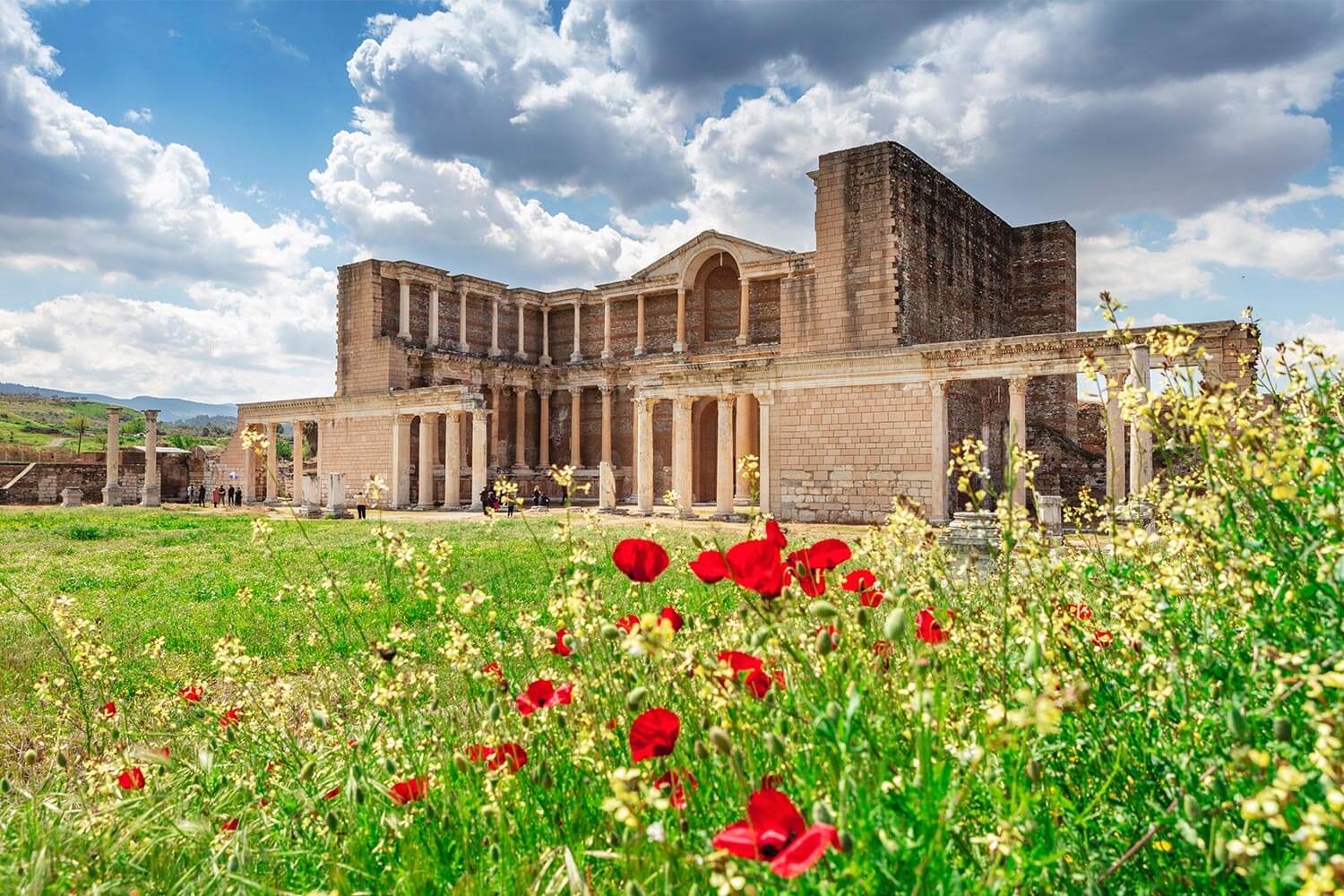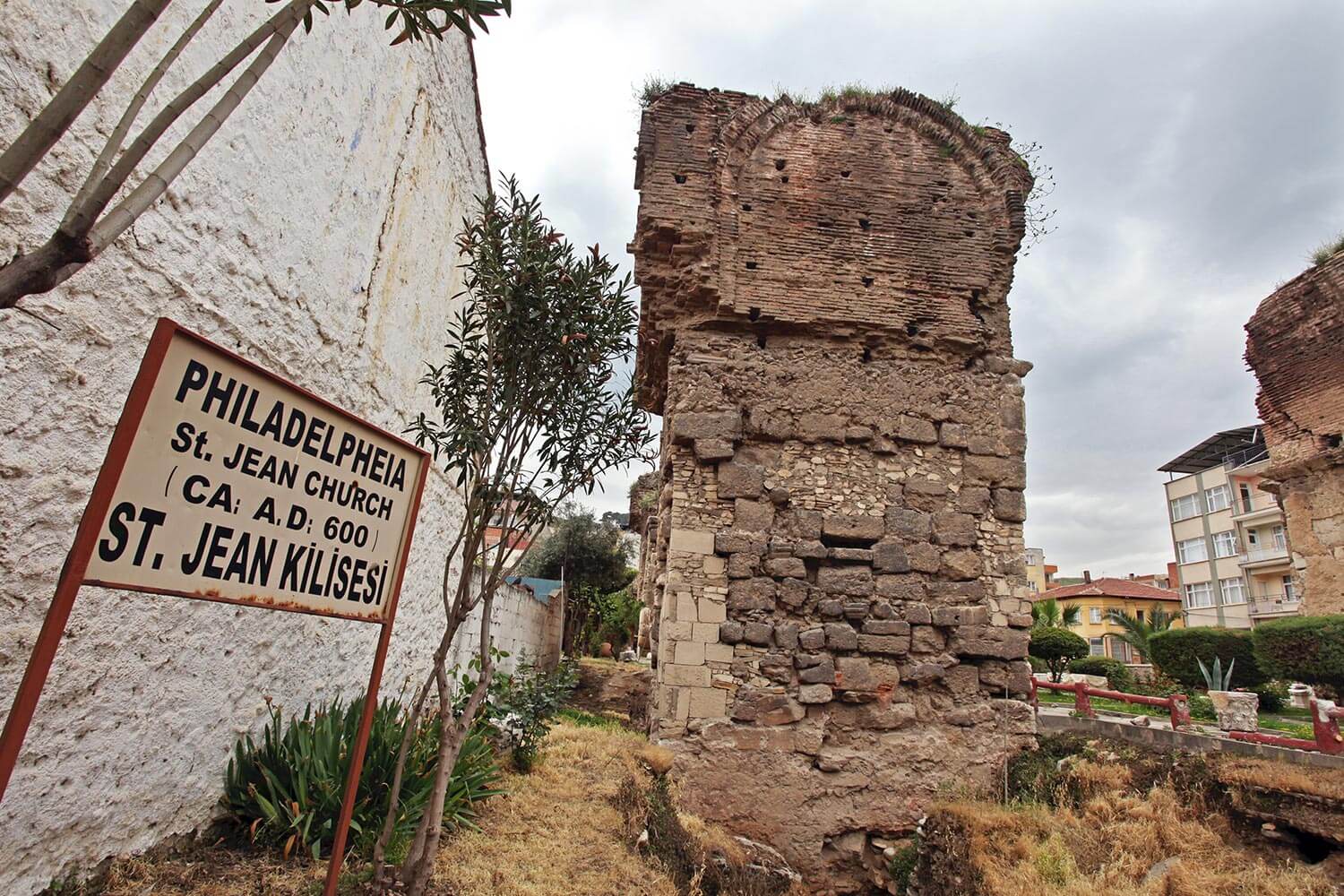Are you interested in visiting the lands where the coins were invented on the face of the earth? One may call Lydians heroes as they ended the bargaining system that caused misery to people thinking about how many eggs they could have bought with their chicken.
The Lydian Kingdom was one of the first civilizations settled in Anatolia with their significant capital Sardis. Sardis is a great ancient city with so many amazing stories. The father of History, Herodotus claims that the sons of Hercules found the city.
Here is another one: Croesus known as Karun in Turkey who is said to be the wealthiest man ever had been rumored to be hiding his great treasure in this city.
It is not over. Here you can visit and explore one of the seven churches of Asia Minor mentioned in the Book of Revelation.
What else would you expect from a trip, right?
If you are on a hunt for a journey filled with history and great nature, Sardis is a perfect choice you will not regret.
The ruins of Sardis can still be visited today, with well-preserved remnants of ancient buildings like the gymnasium and the Roman baths. Also, the site of the ancient Lydian Royal Road, one of the oldest known roads, can be traced from Sardis to Susa, the Persian capital.







